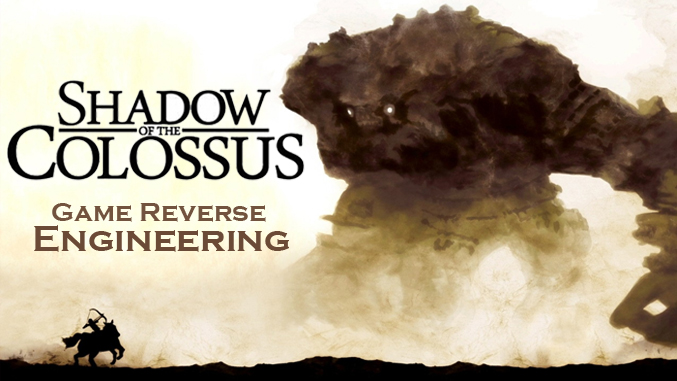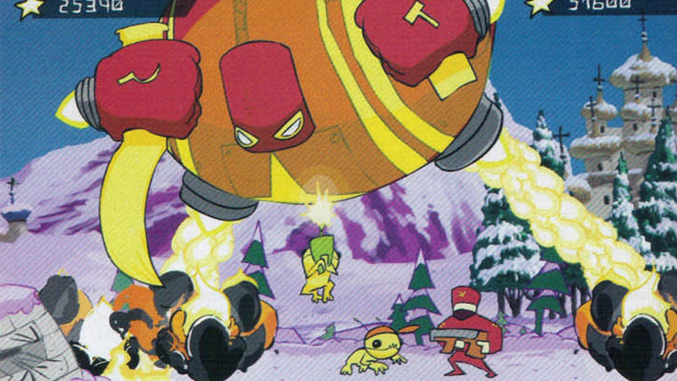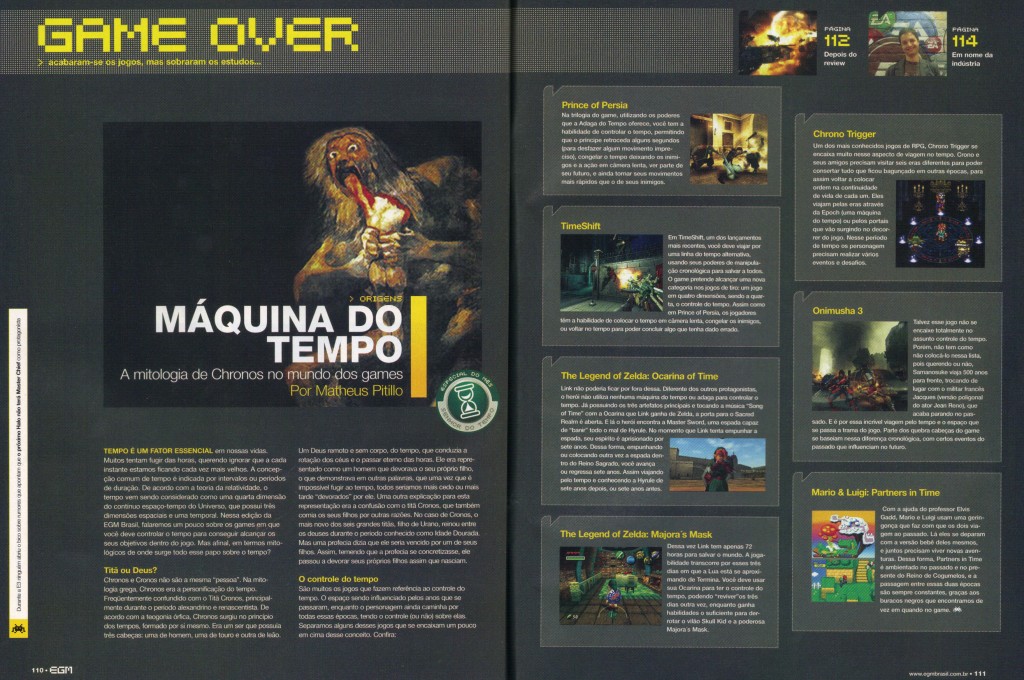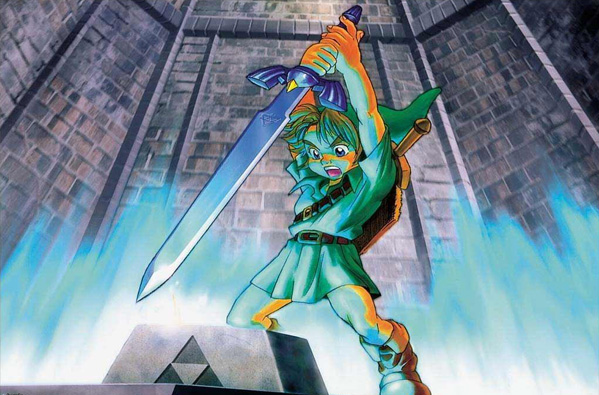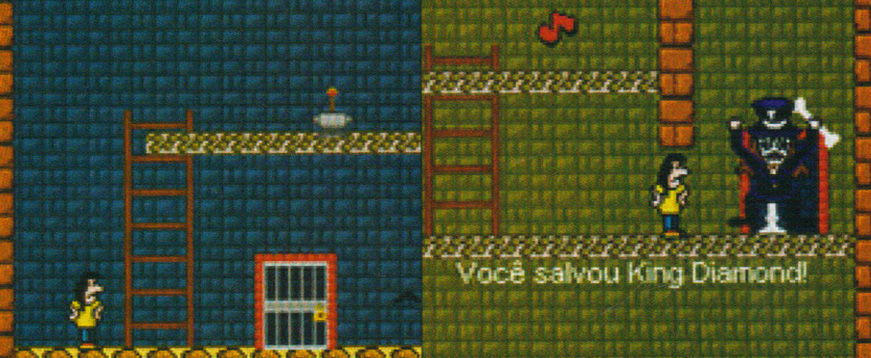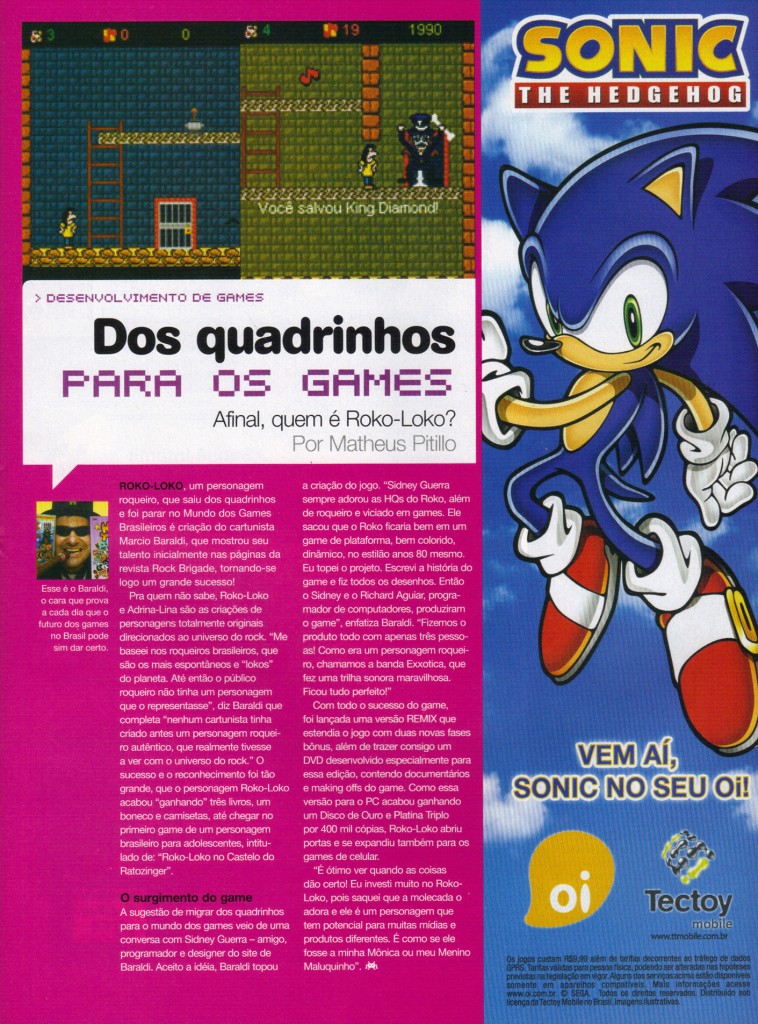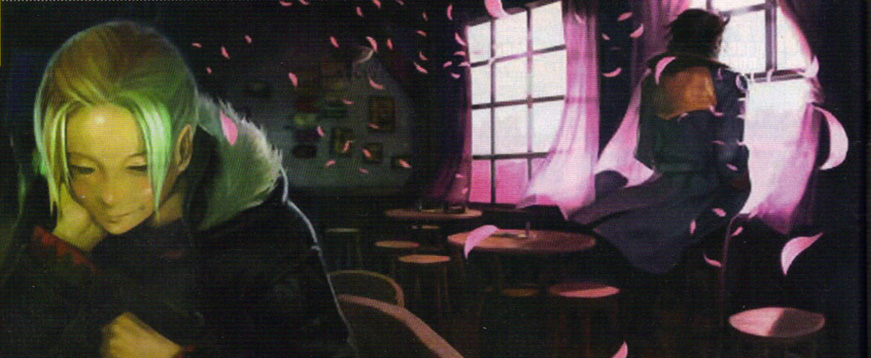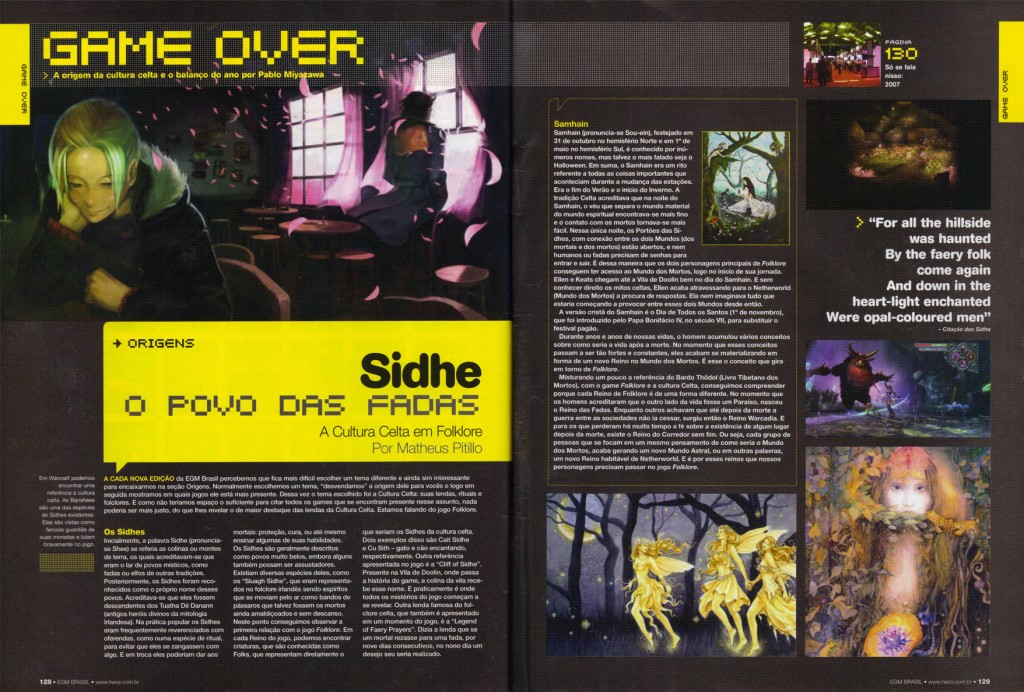Game Development:
Home productions of Flash Games that became hits
Also published in EGM Brasil #73
The column Game Development have the intention of presenting to you readers, that Brazil is also within this network gaming creations with both more complex tools and games with greater highlights, as well as easily accessible tools - plus fast, simple and dynamic.
In this edition we will talk about the production of homemade games made in Flash, the opinion of a student who is in the business and also about games that have become successful and adapted for other platforms.
From Web to Consoles
Currently there are several sites that offer to us the possibility to play games developed in Flash or Shockwave. These games are known as Webgames. Some of these games don't stand out much, having low numbers of visits and little or any interest by the public. Other stand out a bit more, getting more public attention and is best seen. But there are also those who can "evolve" to a bigger step.
The game Alien Hominid is a great example of that. The title began as a Flash Game on NewGrounds website. His concept was based on some classic 2D shooters like Metal Slug and Contra. It was so successful that eventually launching a full version and turbines for various consoles, including PS2, GameCube, Xbox 360 - Live Arcade - and Xbox. And from a "simple" Webgame - he and some other games - turned out to be playable on the most famous consoles.
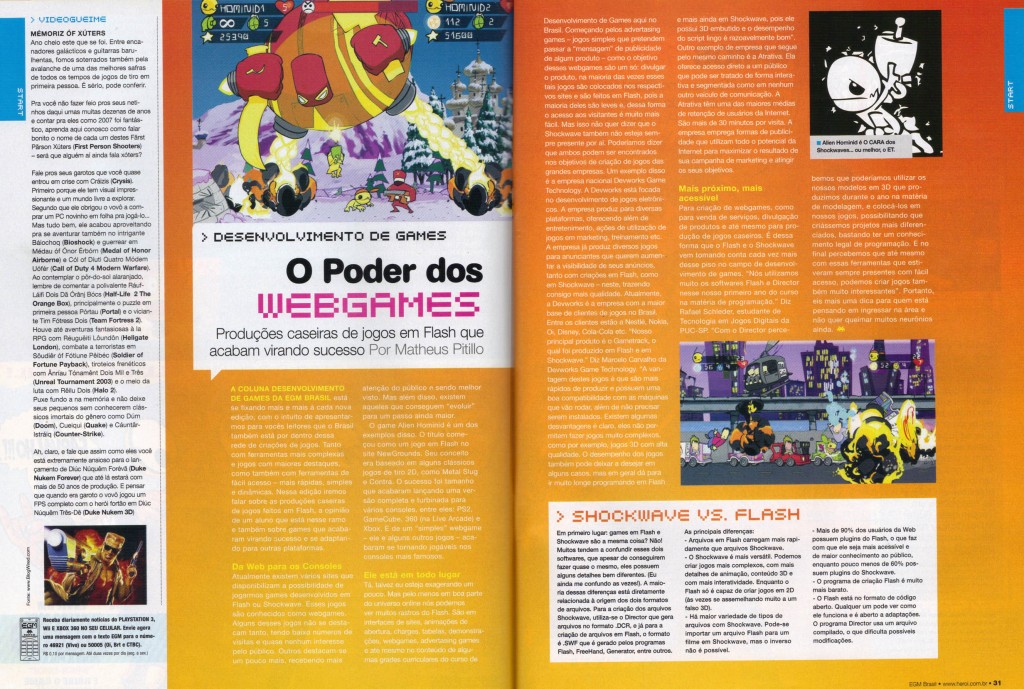
Original Publication in EGM Brasil Magazine
It is everywhere
Ok, maybe I'm exaggerating a little. But at least in much of the online universe we can see many traces of Flash. Interfaces of sites, opening animations, cartoons, online tables, business demos, Webgames, Advertasing Games...
Starting with Advertasing Games - simple games that want to spend the advertising message of a product - such as the goal of these Webgames are one, to disclose the product, most of the time these games are placed on their sites and are made in Flash, because most of them are lightweight and thus access to visitors is much easier. But that doesn't mean that the Shockwave is also not always present there. We could say that both can be found in the objectives of creating sets of large companies. An example is the national company Devworks Game Technology. The Devworks is focused on developing games. The company produces for various platforms, as well as offering entertainment, activities for the use of games in marketing, training, etc. Devworks has produced several games for advertisers who want to increase the visibility of their ads, both with creations in Flash, and Shockwave - in this, bringing more quality. Currently Devworks is the company with the largest customer base of Games in Brazil. Customers include Nestlé, Nokia, Oi, Disney, Coca-Cola etc.
"Our main product is Gametrack, which was produced in Flash and Shockwave" - says Marcelo Carvalho of Devworks Game Technology - "The advantage is that these games are faster to produce and have a good compatibility with the machines that will run , also does not need to install. There are some disadvantages of course, they do not allow very complex games, such as 3D games with high definition. The gaming performance can also fall short in some cases, but in general it's fine to go a long way programming in Flash and, even more in Shockwave, because it has 3D built-in and the performance of lingo script is fairly good".
Another example of company that follows the same path is Atrativa. It offers direct access to a public that can be handled interactively and segmented like no other communication vehicle. Atrativa have a higher mean retention of Internet users. There are more than 30 minutes per visit. The company employs forms of advertising that harness the Internet's potential to maximize the results of your marketing campaign and achieve their goals.
Closer and more accessible
To create Webgames, and for sale of services, promotion of products and even for production of home games. This is how Flash and Shockwave is taking over more and more ground in this field of Game Development. "We used a lot the softwares Flash and Director in our first year course in terms of programming." - Says Rafael Schleder, a student of Technology in Digital Games at PUC-SP - "With Director we realized that we could use our 3D models we've produced during the year of the terms of 3D modeling and put them in our games, enabling us to create projects more differentiated, having just a sufficient knowledge of programming. And in the end we realized that even with these tools that are always present with easy access, we can also create games very interesting. "So, here's a tip for those who are thinking of entering the area and don´t want to burn many neurons.
[box type="info"]Shockwave Vs. Flash
First of all, games in Flash and Shockwave are the same thing? No! Many tend to confuse these two software, which although they can do almost the same, they have some very different details. Most of these differences are directly related to the origin of the two file formats. To create Shockwave files, it uses the Director to generate files in .DCR, and to create Flash files, the format is .SWF that is generated by the programs Flash, FreeHand, Generator, among others.
The main differences are:
- Flash files load faster than Shockwave files;
- Shockwave is more versatile. We can create more complex games with more details of animation, 3D content and more interactivity. While Flash is only able to create 2D games;
- There is a greater variety of file types with Shockwave. You can import a Flash file to a Shockwave movie, but the reverse is not possible;
- More than 90% of Web users have the Flash plugin, which makes it more accessible and more knowledge of the public, while just under 60% have the Shockwave plugin installed;
- The program for creating Flash is much cheaper;
- Flash is an open source format. Anyone can see how it works and is open to changes. The Program Director uses a compiled file, which makes hard possible modifications.
[/box]
[button type="icon" icon="paper"]Written by Matheus Pitillo.[/button]

